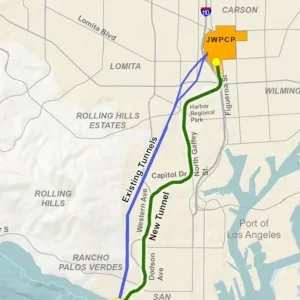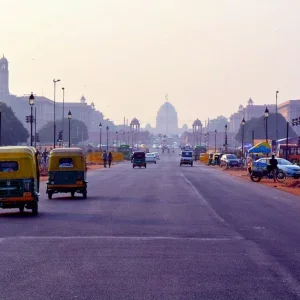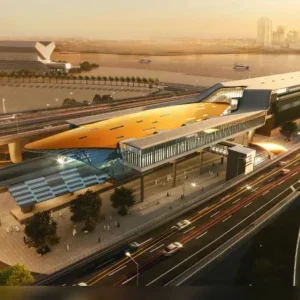The size of the hole in the road was initially thought to be 1m by 1.5m, and 3m deep, though local authorities said the total vacant area underneath the road was 2.5m by 8m, and 5m deep.
"We suspect that the operation of the Shield TBM used to build the subway tunnel underneath the underpass created the sinkhole," said Professor Park Chang-geun, from Kwandong University, who led the investigative team comprised of 11 experts.
A shield TBM spins a cylindrical shield that grinds sand and rocks to excavate straight tunnels. It is commonly used as an alternative to drilling.
The ground underneath the underpass is partially bedrock as well as soft soils, and boring tunnels in such an area is unprecedented in Korea, Park said. "Experts believe the most dangerous environment in which to excavate is one in which bedrock and soft soils are both present. We told the city government to conduct a close examination because it is possible the shield may have created empty pockets."
On 13 August, investigators discovered an additional 80m-long empty pocket under the underpass, with a width of 5 to 8m and a depth of 4 to 5m. It is also suspected to have been created as the result of underground tunnel construction.
"The second vacant area looked like a large cave, and it could have collapsed at any time," Park said. "If it was left undiscovered and collapsed, it would have had huge impact on society."
Later on 14 August, some 25 pillars supporting the underpass that were located inside the bigger pocket were found to have cracked slightly. The city government assessed that it could develop into a concern if the ground further subsides and stopped further construction on the subway line in the area.
The city government closed the Seokchon Underpass on 13 August and said it will reopen it in September after maintenance work is finished.







